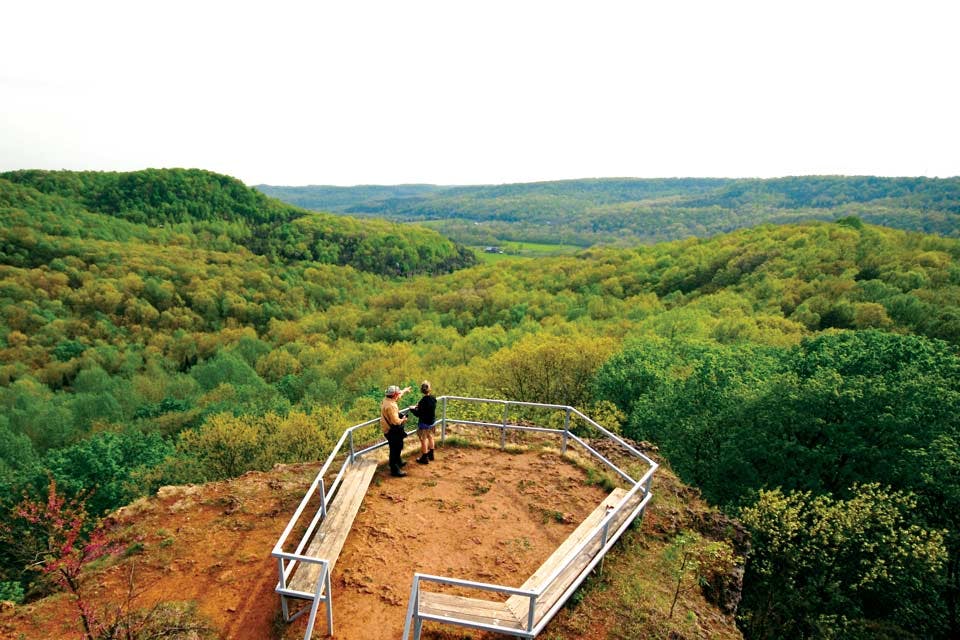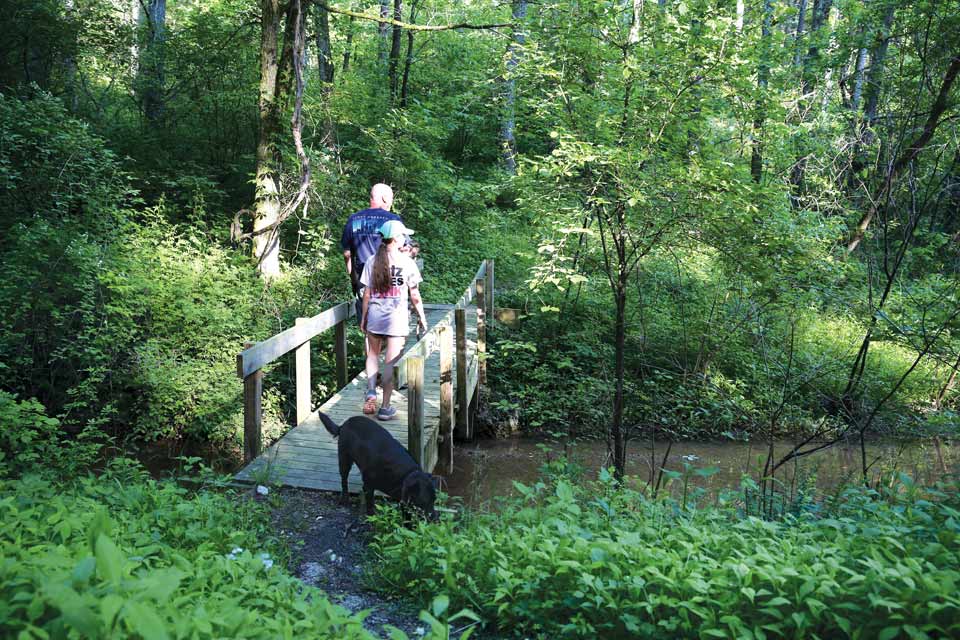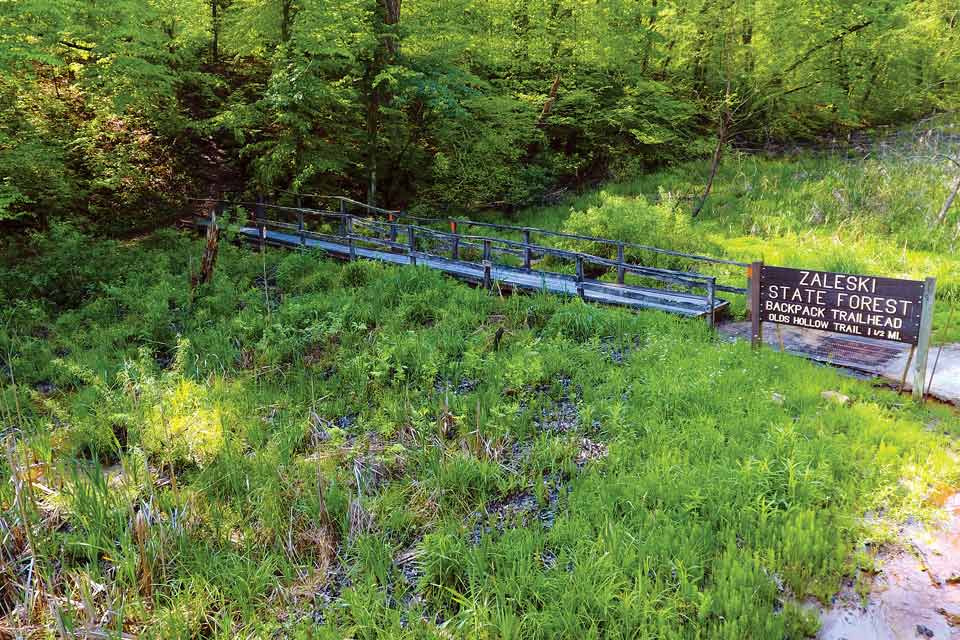Travel
4 Great Hikes in Ohio’s Appalachian Region
Ohio’s Appalachian counties are filled with hiking adventures. Here are four treks to try this year.
Related Articles

Ohio State Parks for Fall Hikes
Get up close and personal with fall leaves, one step at a time. These four state parks have colorful jaunts for hikers of every skill level. READ MORE >>

4 Outdoor Adventures in Appalachian Ohio
From camping that the entire family can enjoy to a hike featuring one of the best views in the state, Ohio’s Appalachia region lets you choose your own adventure. READ MORE >>

9 Great Food Finds in Ohio’s Appalachian Region
From fried chicken to creative burgers to classic diner fare, check out these spots to grab a bite throughout Ohio’s Appalachian region. READ MORE >>






